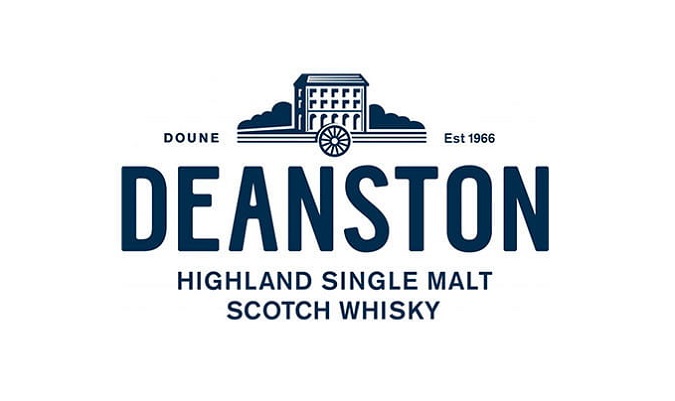DEANSTON DISTILLERY
Highland Single Malt Scotch Whisky
Despite being constructed in the late 1960s, Deanston has kept some traditional aspects in its equipment and distilling process.
About
Deanston’s mash tun is open-topped, and the production process – using low gravity worts, long fermentation, and slow distillation – results in a new make spirit that falls into the waxy category. This marks a return to the original style. During the Invergordon era, Deanston adopted a modern production style, creating a light, dry, ‘nutty-spicy’ spirit.
Nowadays, organic barley is also used in the distillation process. Like all of Burn Stewart’s single malts, it is bottled without chill-filtering or added caramel for coloring.
History
There are many distilleries in Scotland that began as mills, but none match the scale of Deanston. This massive facility was built on the banks of the fast-flowing River Teith in 1785 by Richard Arkwright, who used it as a site for developing the Spinning Jenny. It also reportedly had the largest water wheel in Europe.
Weaving continued at the site until 1964, when Brodie Hepburn [see Tullibardine, Macduff] purchased the buildings. Whisky production began in 1969, but the original owners only held onto it for three years before selling to private label specialist Invergordon. The distillery operated for a decade before the whisky slump of the ’80s forced its closure. Eight years later, Burn Stewart bought it for £2.1 million.
Deanston is considered one of the greenest distilleries in Scotland, generating all its power from a turbine house processing 20 million litres of water per hour. The excess electricity is then sold to the National Grid.
Although single malt bottlings began relatively early, in 1974, it is only recently that Deanston has become a prominent single malt brand.
Highland Region
Highland is the greatest of all whisky regions and provides a huge variety of different flavours and characters. It goes from the lighter whiskies all the way through salty coastal malts. While malts from the West Highland distilleries tend to have a sweet start and dryish finish, the far North Highland malts character are greatly influenced by the local soil and the coastal location of the distilleries giving light bodied whiskies with a spicy character and a dryish finish, sometimes with a trace of saltiness. Central, Southern and Eastern Highland malt whiskies are generally quite a mixed bunch. Fruity and sweet. They are lighter bodied with a tendency to have a dry finish.
